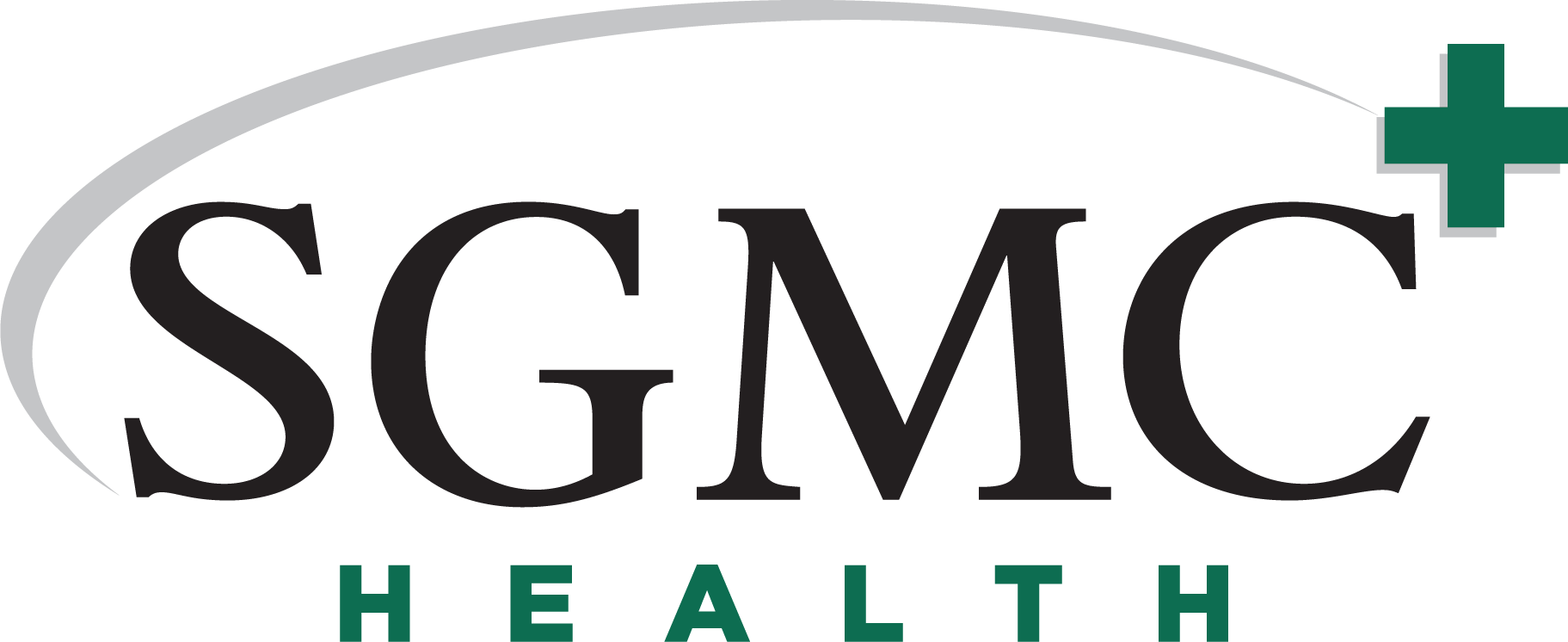SGMC Health Inpatient Rehabilitation Unit helps patients regain function and independence after a disabling illness or injury.
Most common diagnoses in Inpatient Rehab:
- Stroke (CVA)
- Brain Injury
- Neuropathy and Myopathy
- Spinal Cord Injury
- Peripheral Nerve Injury
- Multiple Trauma
- Hip Fractures
- Amputations
- Polyarthritis
- Severe or Advanced Osteoarthritis
- Guillain-Barre’
- Multiple Sclerosis
- Parkinson’s Disease
The Inpatient Rehab Unit staff provides care through an individualized and multi-disciplinary approach. This comprehensive Plan of Care (POC) encourages and facilitates the patient’s highest level of functional independence in order to safely return to the community.
This interdisciplinary team includes:
- Physiatrist (Doctor of Physical and Rehabilitative Medicine)
- Rehabilitation Nursing
- Physical Therapy
- Occupational Therapy
- Speech and Language Therapy
- Social Work/Case Management
The Inpatient Rehabilitation Unit accepts patients who:
- Require 24-hour rehabilitative nursing and monitoring from Physiatrist.
- Are able to tolerate a relatively intense therapy program consisting of at least three hours of therapy (PT, OT, and/or Speech) five days a week. Therapy may include activities such as bathing, dressing, balance, gait training, fine motor exercises, swallowing, cognitive, or speaking activities.
- Need at least two different types of therapies (Physical, Occupational, and/or Speech)
- Have the ability to achieve rehabilitation goals in a reasonable time frame that facilitates a return to the community.
Our 24-bed Inpatient Rehabilitation Unit is located on the second floor (2North) within SGMC Health Main.
Additionally, we offer a transitional living apartment within the facility for patients to use as they transition from the final stages of rehabilitation to their homes.
Additional Therapies and Technologies
SGMC Health has new, advanced technologies to improve hand, arm, foot, and throat functions.
Bioness H200
The Bioness H200 helps improve hand function following a stroke or other injury in which hand function is impaired. This includes reaching, grasping, opening, and closing. Learn more about the H200 Wireless Hand Rehabilitation System »
Bioness L300
The Bioness L300 is intended to help reduce foot drop associated with a number of conditions, including stroke, traumatic brain injury, multiple sclerosis, cerebral palsy, and incomplete spinal cord injury. This technology is designed to help people with certain neurological conditions walk more naturally, with increased speed and improved balance. Learn more about the wireless L300 System »
LiteGait
The LiteGait unit is a training device that provides a safe and effective environment for relearning walking after most neurological disorders. It helps control weight bearing, posture, and balance to treat a wide range of impairments and functional levels. Learn more about LiteGait »
Vital Stim Therapy
VitalStim® Therapy is a special form of neuromuscular electrical stimulation (NMES) that helps habilitate and/or re-educate the throat muscles needed for swallowing. This non-invasive therapy has been used successfully to help thousands regain the pleasures of an oral diet and a higher quality of life. Vital Stim+ incorporates biofeedback into the NMES function for enhanced patient interaction and training. Learn more about Vital Stim Therapy »
